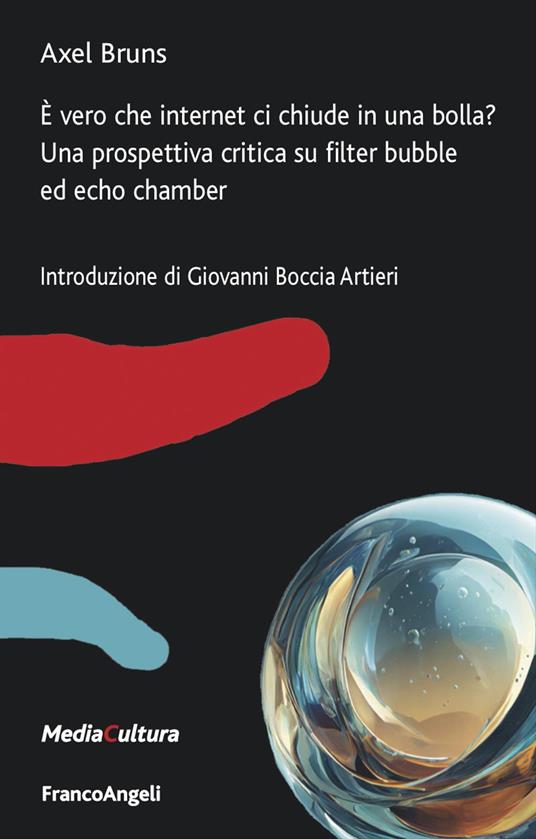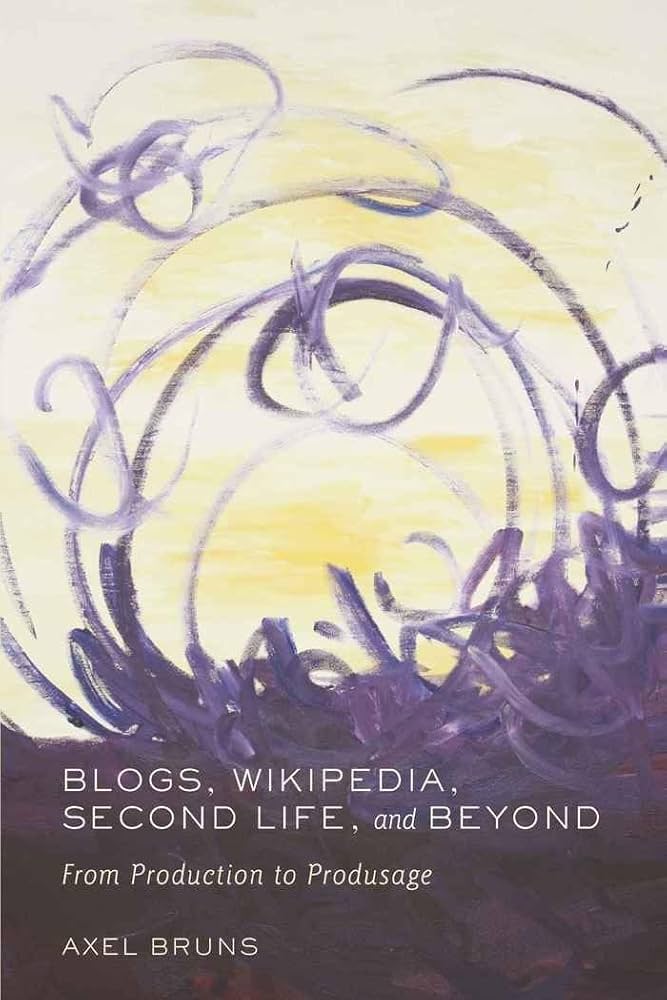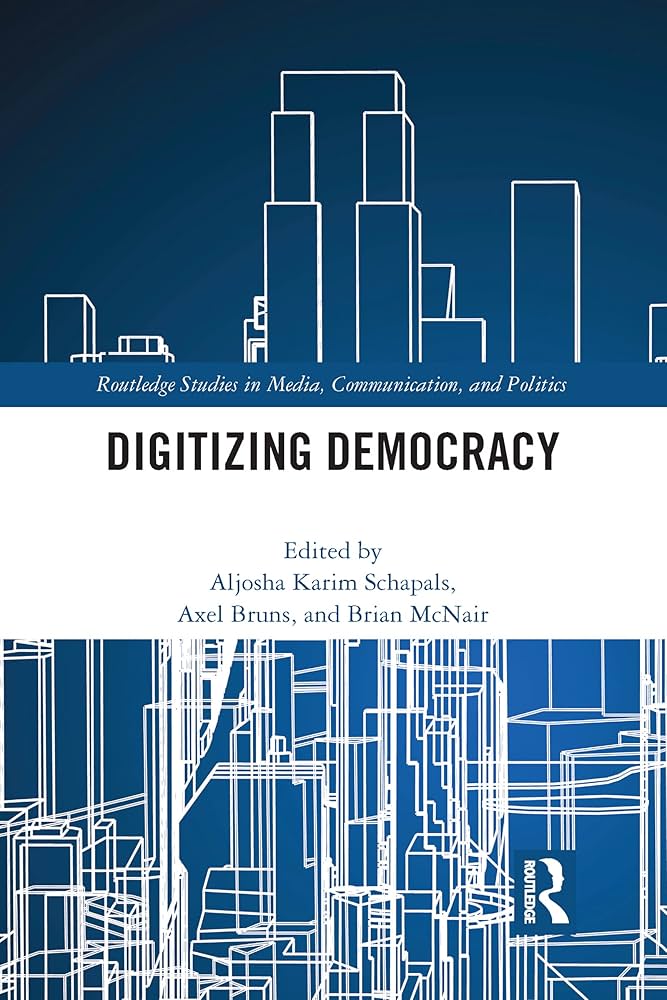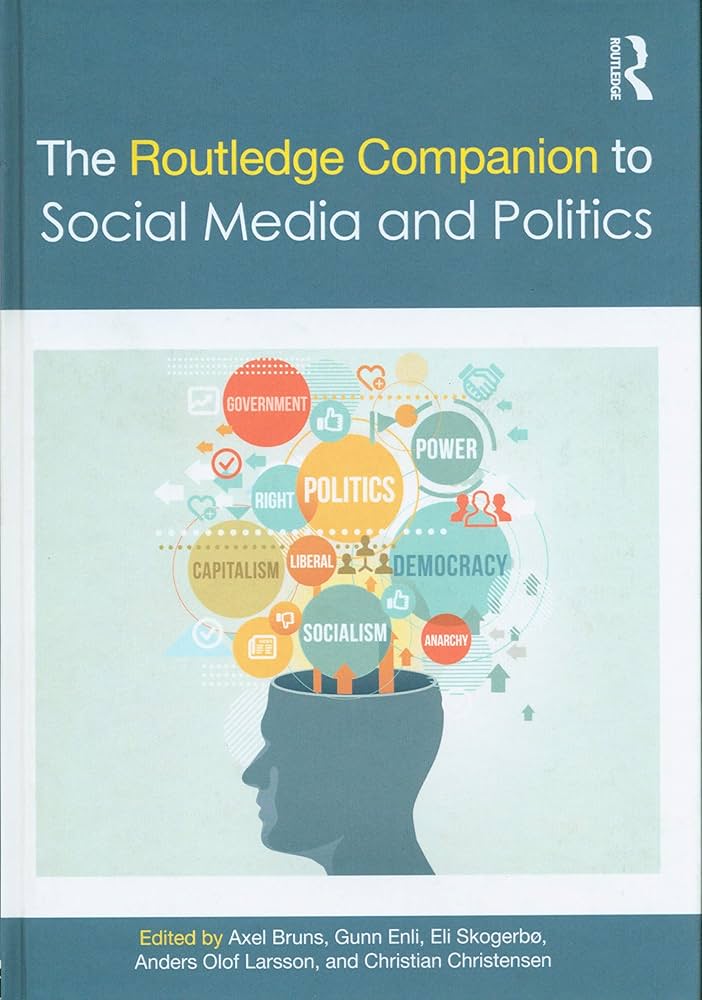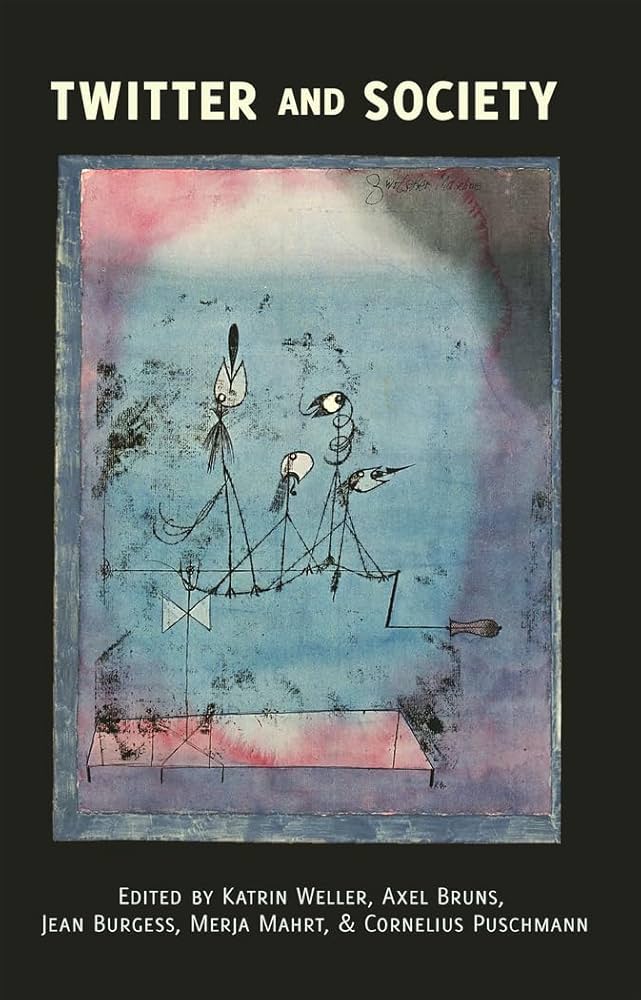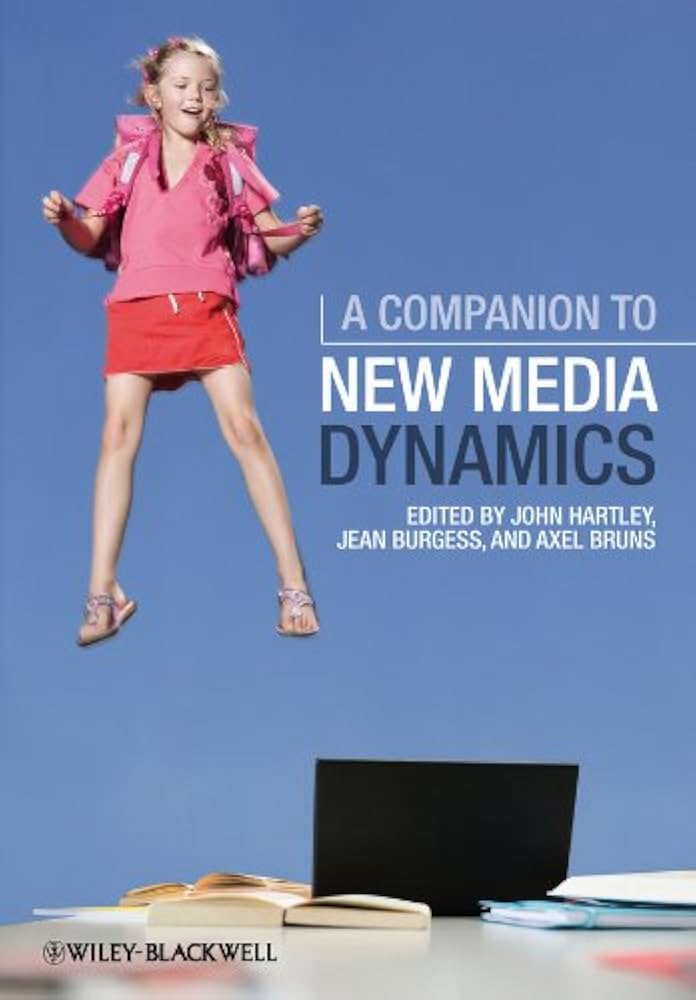The first panel on this final day of ECREA 2018 starts early (!), and begins with Frederic Guerrero-Solé. His work examines the overlaps of retweet networks for the posts of Spanish politicians and media. Frederic considers such retweeters to be active audiences for politicians; more passive audiences would be able to be studied by examining the followers of these accounts, but this is considerably more difficult.
In spite of the rhetoric, retweets are very often posted as a form of endorsement for these politicians; this tends to mean that overlaps between the retweet networks for politicians of different ideologies tend to be fairly limited. Such overlaps can be calculated using the Jaccard Index, and can then also be tested for statistical significance. Further, do such significant overlaps evolve over time?
Frederic worked with some 40 million tweets over 15 weeks in November 2016 to March 2017 (the most recent Spanish election campaign), and focussed especially on Spanish and Catalan politicians as well as news media accounts. This shows overlaps between the retweet networks of left-wing media and politicians, for instance, and a substantial lack of overlap between right-wing media and politicians in favour of Catalan independence, for instance. Many of these are statistically significant, too.
This is still a work in progress, but it is already clear that this is not simply a matter of echo chambers or filter bubbles, only of selective retweeting. There are no ‘white holes’: complete lacks of overlap are absent from the analysis. These patterns are also stable across the entire campaign, showing some very stable ideological divides, and it is important to consider how Twitter’s algorithms learn from them. It also appears that after some time there are no new accounts retweeting the politicians after some weeks; users are sorting themselves into retweet communities, then. (This is not the case for retweets of media accounts.)
Finally, Catalan audiences were clearly different from Spanish participants; this may indicate language choices, but is also a sign of the greater significance of the Catalan independence struggle there. A further focus on the issues being retweeted will provide more detail on these matters, and there will also be a need to further exclude bots and other irrelevant accounts from the dataset; for the media accounts, a distinction between the retweeting of political content and of other forms of content may also be relevant.




